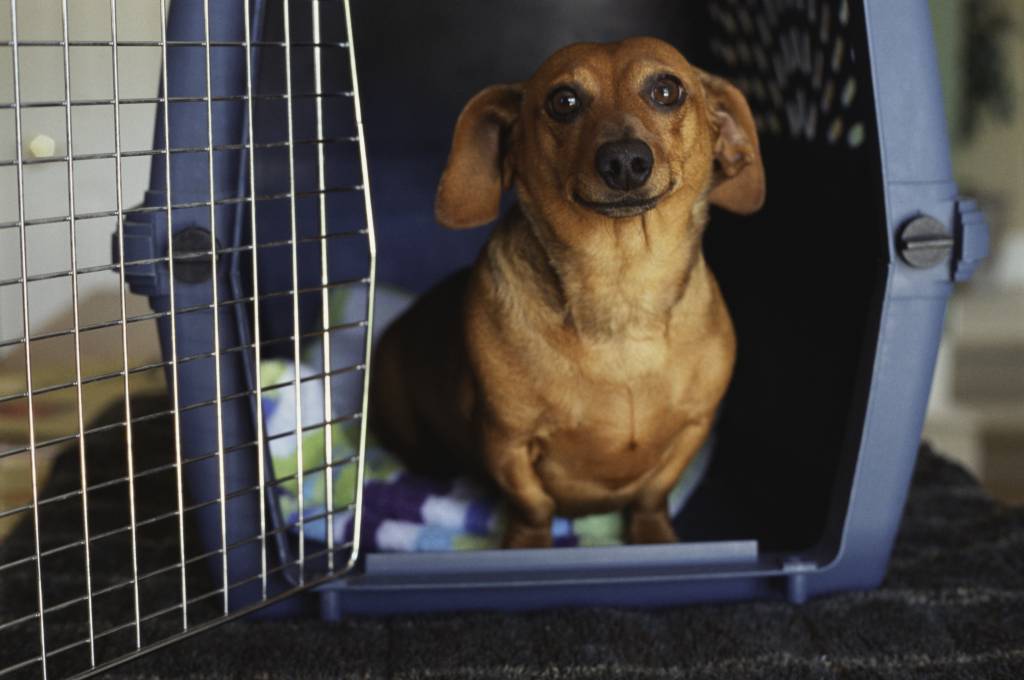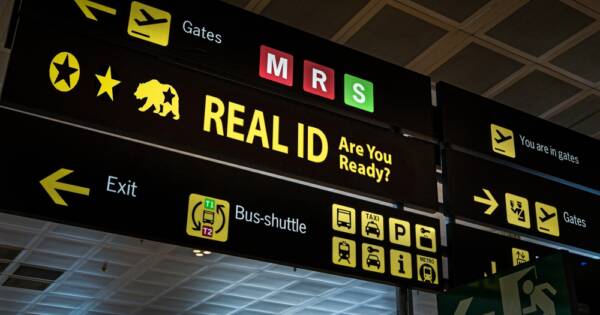When planning a vacation, figuring out what to do with your pets is never easy – especially if you’re planning on bringing your pet along with you. However, before heading out of town with your furry friend, it’s crucial to know what you’re doing.
Traveling with your cat or dog can be a hassle, as there are different pet requirements that may apply on planes, in hotels, and out on the road. Here’s what you need to know ahead of your next trip with your pet.
Make Sure Your Pet Has ID
One of the biggest fears in traveling with your four-legged friend is losing track of them. Pets that get lost while away from home are unlikely to be recovered, but there are steps you can take to minimize the risk. In particular, you need to make sure your pet always has some form of ID on its body.
If you think a collar and ID tag are enough, though, think again. Collars can and do come off, and tags can and do become damaged or lost. A great way around this issue is to have your pet microchipped. If they’re not already, the procedure is safe and easy: a microchip encoded with a unique number that links to identifying information about your pet is inserted just below the skin. If they become lost, the microchip can prove their identity and get them back to you safely.
Additionally, your pet will need identification if you’re flying together or separately. Proper ID, whether via paperwork, microchipping, or a labeled carrier, is the best way to ensure you’re reunited when you both reach your destination.
Carry the Correct Paperwork
When traveling to different states or foreign countries, you must provide evidence of your pet’s license, health, and identity – or they may not be allowed at your destination. Consider putting together a “pet passport” for your dog or cat to streamline the experience and keep all of the necessary paperwork in one place. This passport should include all of your pet’s pertinent documentation, including medical records and proof of vaccinations.
Outside of the U.S., many countries require pet owners to provide a health, veterinary, or sanitary certificate endorsed by a licensed veterinarian within a certain period of time. Some countries and states, like the United Kingdom and Hawaii, impose waiting periods for rabies restrictions and common pet illnesses. This means your pet may need to wait in a holding area for a number of days before he or she can join you.
Research Species and Breed Restrictions
As much as you love your pet, it’s important to realize they may not be welcome everywhere. You absolutely should carefully research specific hotels when seeking pet friendly accommodations; many that allow pets have breed and size restrictions. The same is true of most airlines, which often have confusing lists of what’s allowed and what isn’t. For example, many airlines don’t allow short- or snub-nosed dogs to travel in cargo holds due to concerns about their ability to breathe safely in oxygen-restricted areas. Many don’t allow the transport of pit bulls and other strong-jawed dogs for handlers’ safety.
Additionally, many countries impose breed restrictions. Some don’t allow pit bulls, while others have banned different dog breeds; check for the latest information before planning your trip.
Book and Confirm Your Pet’s Stay Ahead of Time
Nothing is worse than arriving at a hotel or other destination only to learn your furry friend isn’t allowed. Take care to identify hotels and other places that explicitly allow pets on the premises. This can typically be done with some online research, but don’t stop there. After booking a hotel or other accommodations, call the place and confirm your pet is welcome. Hotels, resorts, and other places update their policies often, and this isn’t something you want to leave to chance.
Invest in the Right Gear
In addition to ensuring that your pet is allowed to come along with you, it’s crucial to take steps to keep them comfortable and safe along the way. Just as parents of infants carry diaper bags, you should pack a bag for your pet’s belongings — one you can keep with you at all times. Items you should consider bringing include:
- A comfortable and portable pet bed
- A collapsible water bowl and bottled water
- A safety harness and leash
- A few small toys
- Waste bags
- Something from home, like a throw blanket, that’s familiar to your pet
Research Every Aspect of Your Trip to Keep Your Pet Safe
Finally, examine your itinerary and consider any potential obstacles that could crop up along the way. If flying, for example, do research about airlines that you’re considering flying and their policies concerning pets. Some airlines allow certain types of pets to travel in the cabin while others only permit them in the cargo area, which can be a stressful environment for most pets. While you’re at it, do some research about an airline’s reputation concerning pets before booking with them. How many pets are lost or injured while flying with them, for example? Consult reviews from everyday people as well to get a feel for how pet owners feel about various hotels and airlines.
Doing extra research is well worth the effort it takes to keep your pet safe and happy throughout your adventure. With the legwork out of the way, you and your pet will be able to hit the road without any worries.



